Office
- (215) 852-6710
- mwrobel@mawconstruction.net
Embarking on a home remodeling project is an exhilarating yet daunting experience. With the potential to breathe new life into your living space and increase the value of your home, the stakes are high. But with the right preparation, you can ensure a smoother, more fulfilling journey through your renovation. From setting a budget and choosing the right contractors to surviving the chaos of construction and making those crucial design decisions, this comprehensive guide will take you through the essential steps to turn your renovation dreams into reality.
Your journey to a successful home remodel starts with a crystal-clear vision of what you want to achieve. It’s easy to picture the sleek kitchen or luxurious bathroom, but have you considered how this project aligns with the overall aesthetic and functionality of your home? Here’s how to get started:
Take the time to clearly define your renovation goals. Are you looking to upgrade for personal enjoyment, increase your property’s value, or a little bit of both? Understanding your objectives will help shape the scale and scope of your project.
Determine what’s feasible within your financial constraints, timeframes, and local building regulations. This is when you develop a rough timeline and budget. Remember, an informed assessment here can save you from overreaching and prevent future headaches.
Budgeting is often the most dreaded part of any remodeling project, but it’s also the most critical. Sensible financial planning helps you make realistic decisions and keeps your finances in check.
Start with a list of your must-haves and nice-to-haves. Get quotes from several contractors and suppliers, and then add a contingency fund of around 10-20% to account for the unexpected. The clearer your budget, the easier it is to make prudent choices along the way.
From savings to home equity loans or lines of credit, there are various ways to finance your project. Weigh the pros and cons of each option to find the best fit for your situation.
Choosing the right team is a make-or-break decision. Wielding the hammer yourself might save money, but for most large projects the assistance of a professional is essential.
Research local contractors by checking their portfolios, reading reviews, and asking for references. Don’t shy away from multiple consultations – it’s an investment in your project’s success.
Depending on the complexity of your project, you may need an architect or designer. Collaborating with these professionals can elevate the aesthetics and functionality of your project, as well as ensuring compliance with local building codes.
Adhering to the numerous codes and regulations around construction is paramount. Failing to obtain the necessary permits can lead to costly delays and problems when you try to sell your home.
Contact your local municipality or governing body to find out what permits are required for your specific project. Factor in the time and cost of these permits when planning your renovation timeline and budget.
If you’re planning extensive changes, you may need to navigate zoning laws that dictate how you can use your property. This often requires engaging with town planners and architects in the planning phase.
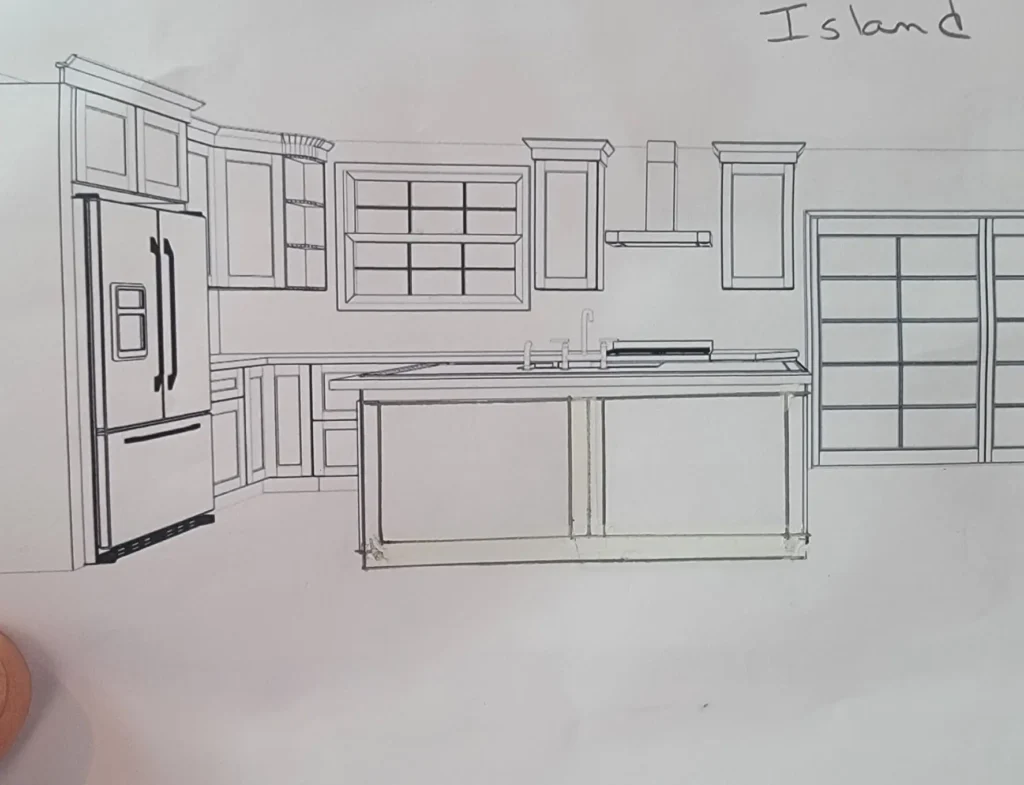
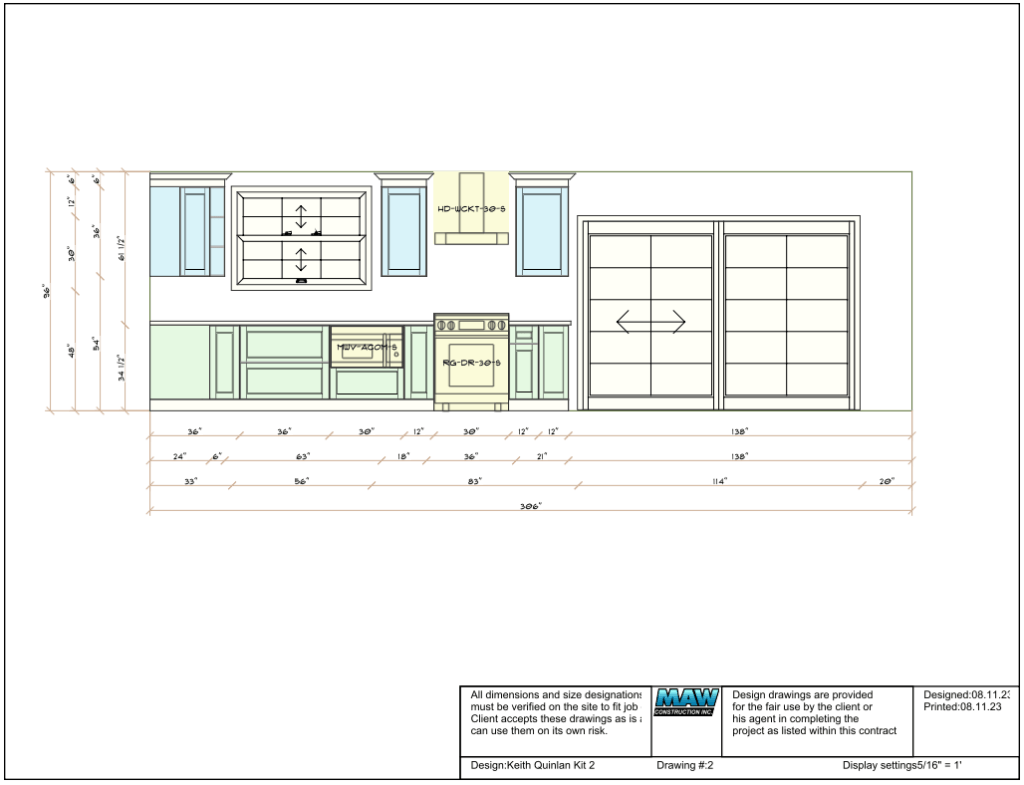
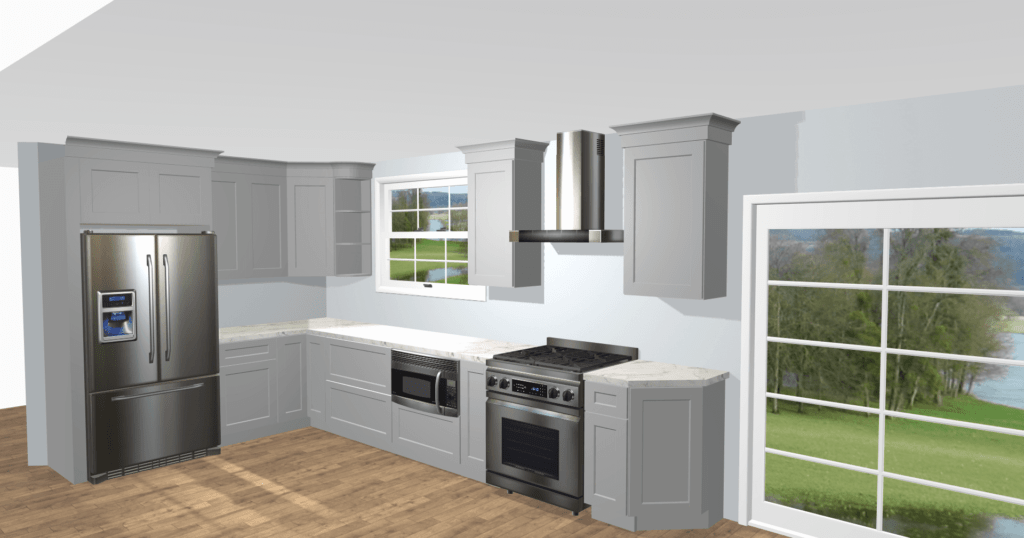
A successful renovation hinges on how well you can handle the upheaval to your home’s daily routines. Thoughtful planning will ease the transition and set the stage for a successful remodel.
For major renovations, you might need to consider temporary living arrangements. Plan for this ahead of time, whether it’s setting up a temporary kitchen or finding a place to stay for the duration of the project.
Clear the area to be remodeled and prepare for dust and debris. Consider renting a storage unit for valuable or fragile items and plan your storage needs according to the project duration and scale.
The design stage is where your renovation begins to take shape visually. It’s crucial to define your aesthetic preferences and ensure they function within the confines of your home.
Gather inspiration from magazines, blogs, and social media, or create mood boards. Make sure the elements you love also complement your lifestyle and the architectural style of your home.
Choose materials, fixtures, and finishes that not only look great but are also durable and suit your budget. These include everything from paint color to flooring and lighting, and should be chosen with the broader context in mind.

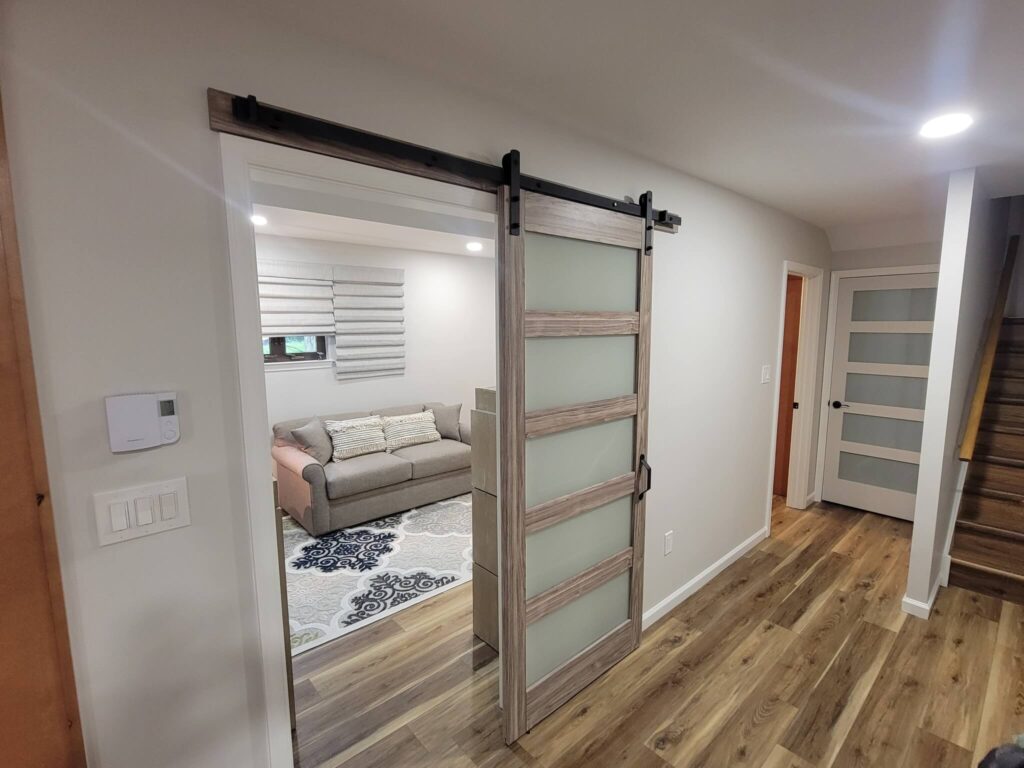
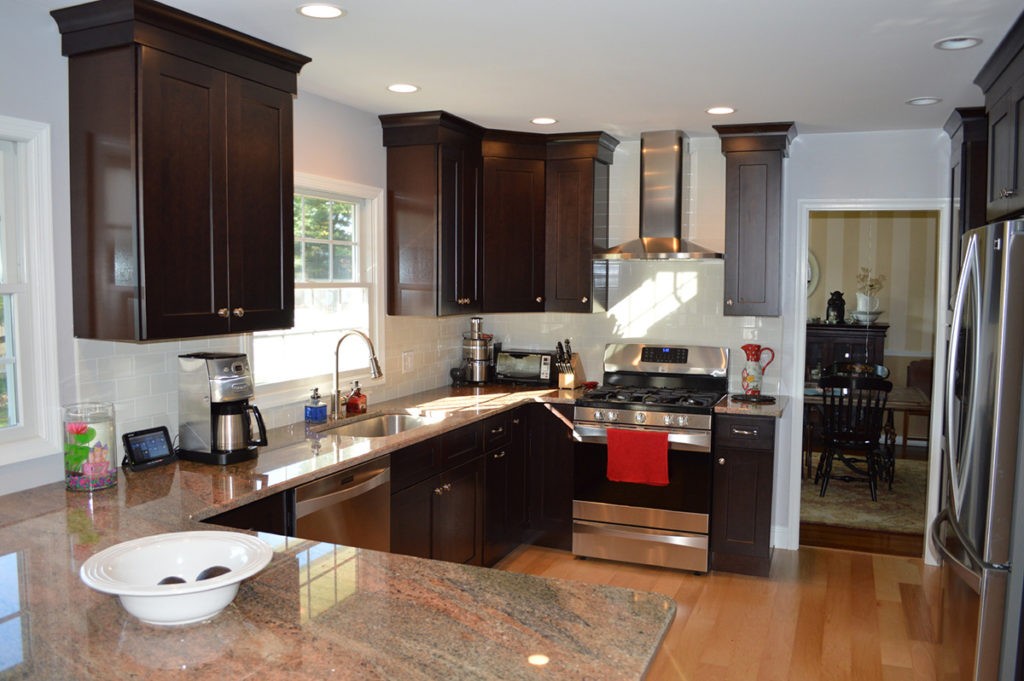
The construction phase is where your renovation takes physical form. It can be noisy, messy, and disruptive, but with the right preparation, you can mitigate the chaos.
Maintain good communication with your contractor and be aware of the scheduled work to be done. Regular updates will keep you in the loop and help prevent unexpected surprises.
Construction can be unpredictable. Be prepared for deadlines to slip, and understand that changes and delays are often a part of the process.
As your renovation project nears completion, it’s time to focus on the finishing touches that will bring everything together.
Ensure that all work meets your standards and the agreed-upon specifications. Address any concerns with your contractor promptly to safeguard against the need for costly rework later.
After all the dust has settled, it’s time to clean and organize your new space. Make sure everything is in working order and neatly put away before celebrating your newly renovated home.
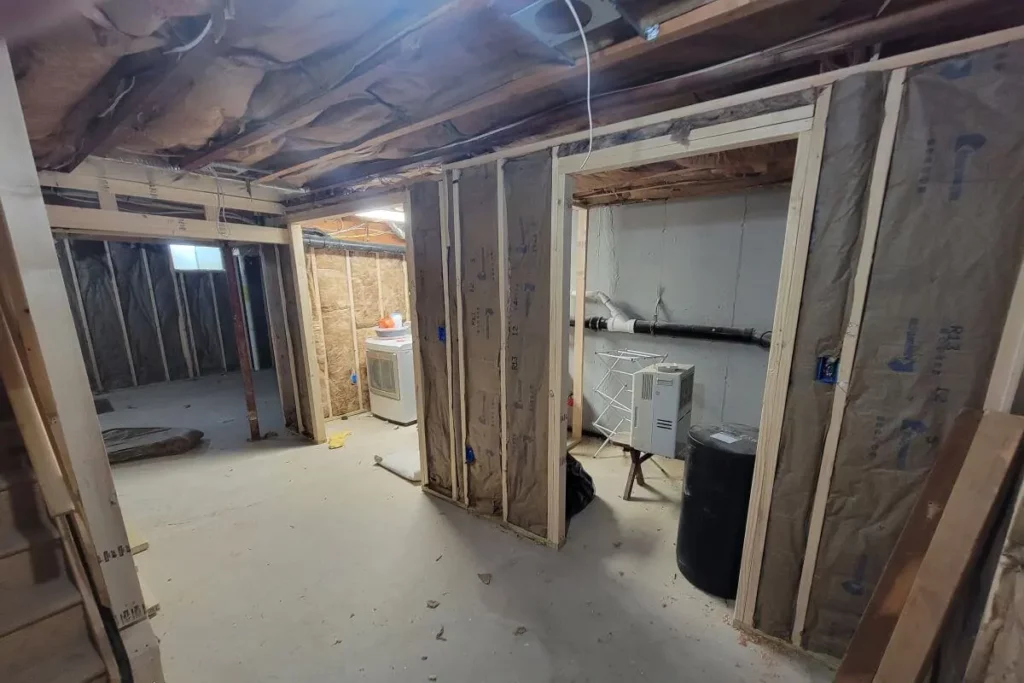
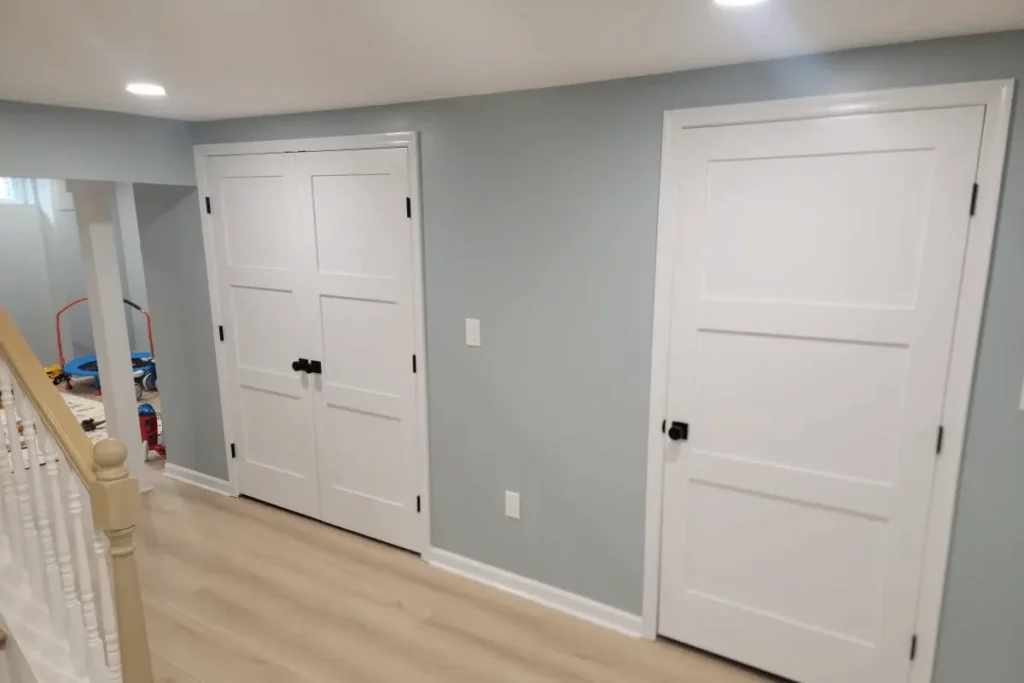
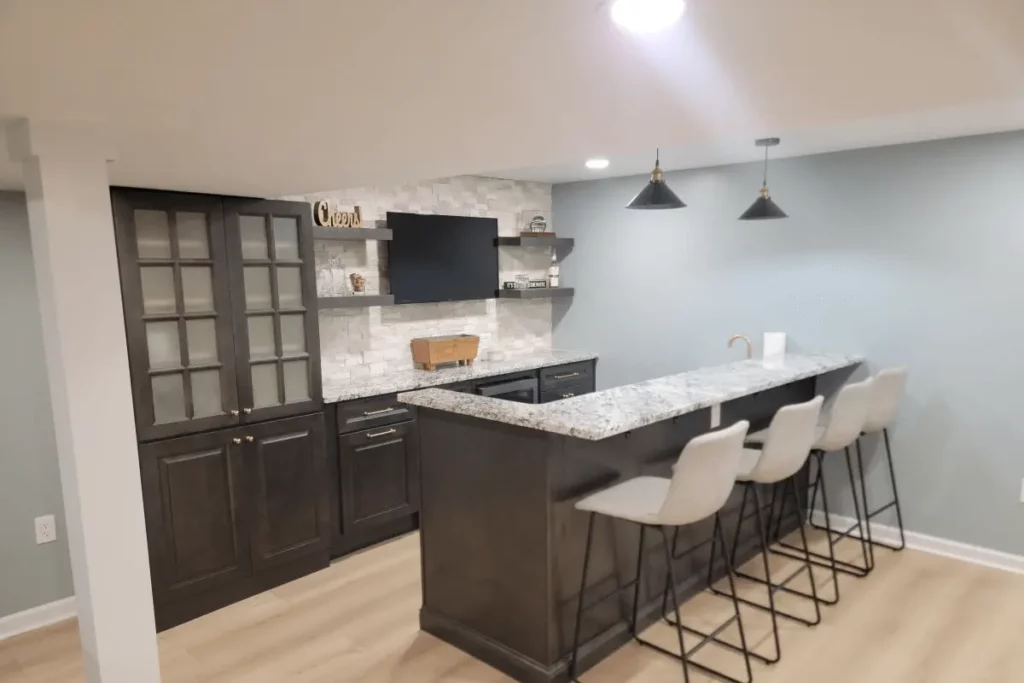
Reflect on your experiences and note what you’d do differently. By learning from your renovation project, you’ll be better equipped for future home improvements.
Document all aspects of your renovation, from receipts and contracts to before-and-after photos. These records can come in handy for insurance purposes or when it’s time to sell your home.
After the dust settles, you might find that certain features of your new space don’t align with your initial vision. Addressing these adjustments promptly will ensure you’re fully satisfied with the outcome.
By taking an organized, comprehensive approach to your home remodeling project, you can navigate the complexities and challenges with confidence. Remember, patience is key – and in the end, the joy of a beautifully remodeled home will make every step worthwhile.